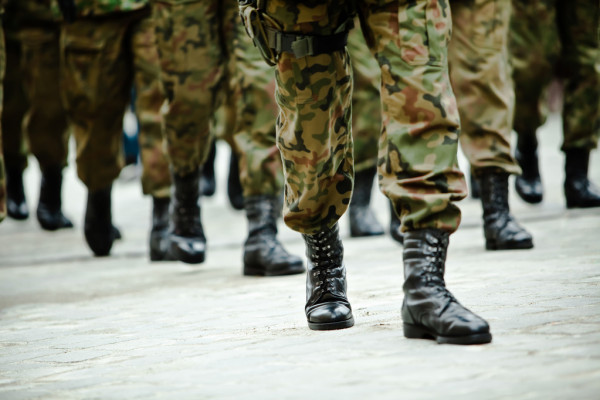A group of researchers from the Boston University School of Public Health and the VA Boston Healthcare System utilized machine learning to streamline the diagnosis tool for post-traumatic stress disorder (PTSD).
According to their new study, released in the journal Assessment, some of the questions imposed in the Structural Clinical Interview for the Diagnostic Statistical Manual of Mental Disorders, Fifth Edition (SCID-5) could be eliminated, leading to more relevancy of the veteran population.
“Our study is only a first step—but an important one, because it shows that machine learning methods can be used to help inform efforts to make care more efficient, without sacrificing or degrading the quality of care provided,” said co-author Jaimie Graudus, in a news release.
The new research included data from the SCID-5 assessments related to more than 1,200 military soldiers, half of which were male and the rest female, who served during the Afghanistan and Iraq conflicts. The use of random forests, a form of machine-learning system, was also incorporated into the study.
Using the random forests system, researchers were able to learn more about the level of efficiency with the items in the tool for PTSD diagnosis.
From their use of the machine learning-based system, the research group uncovered four items said to be inefficient and could be eliminated for the diagnosis of PTSD in male veterans.
Those items include an inability to recall important aspects of a traumatic event; dissociative reactions; reckless or self-destructive behavior; and hypervigilance.
In female veterans, on the other end, six items were uncovered that could be eliminated. These include reckless or self-destructive behavior; dissociative reactions; persistent inability to experience positive emotions; irritable behavior and angry outbursts; exaggerated startle response; and hypervigilance.
Overall, the new findings clearly demonstrate the most efficient way of diagnosing PTSD, which may vary by gender.
“This study demonstrates very clearly that the most efficient manner of diagnosing PTSD may differ for men and women. This finding is especially critical in a setting like VA, which serves a small but growing number of women veterans,” said co-author Brian Marx.
“Our findings potentially pave a path from which we could eventually skip right to an abbreviated—but still gold standard—diagnostic interview that would accurately identify those with PTSD and get them into treatment as soon as possible.”


